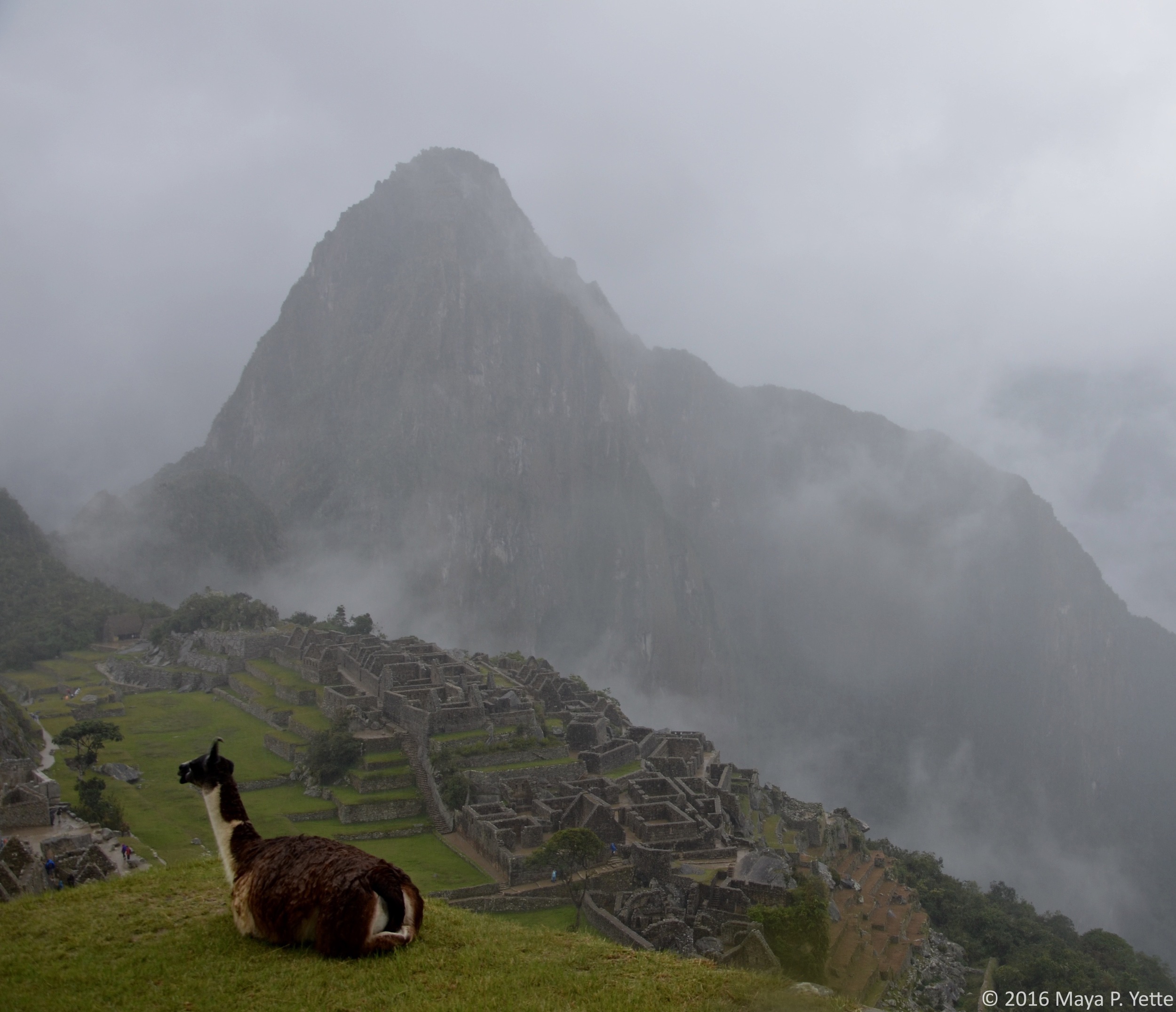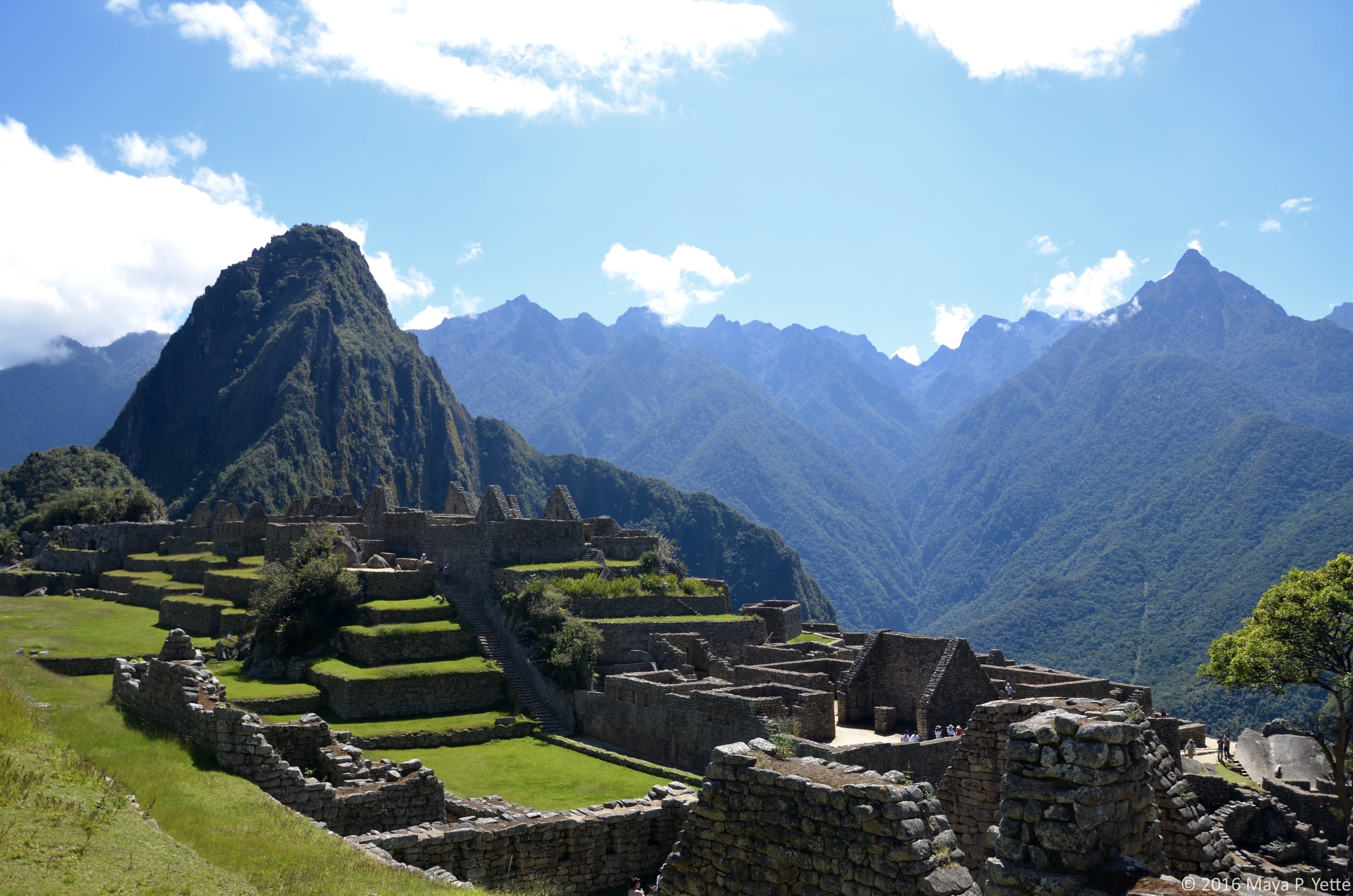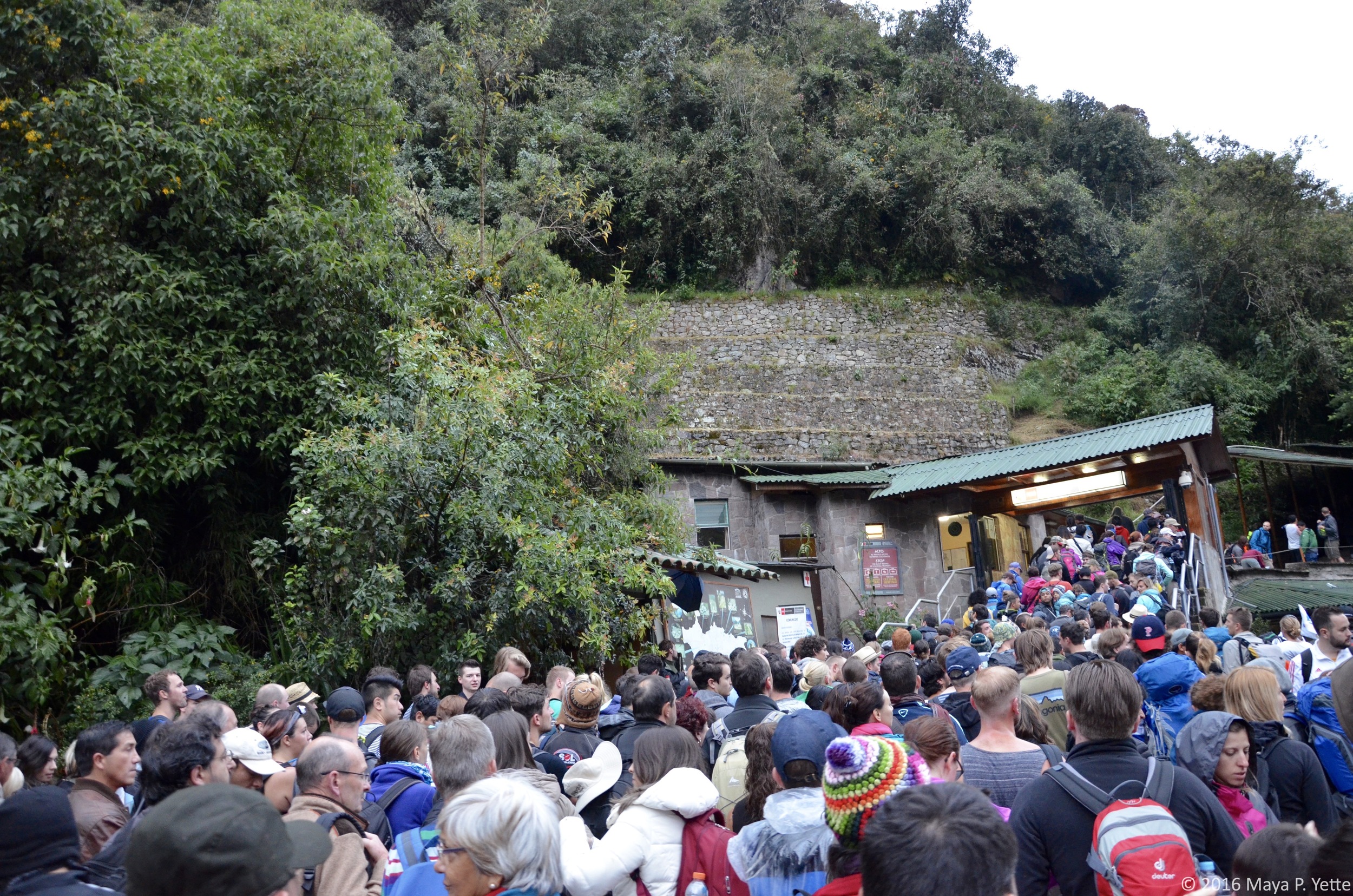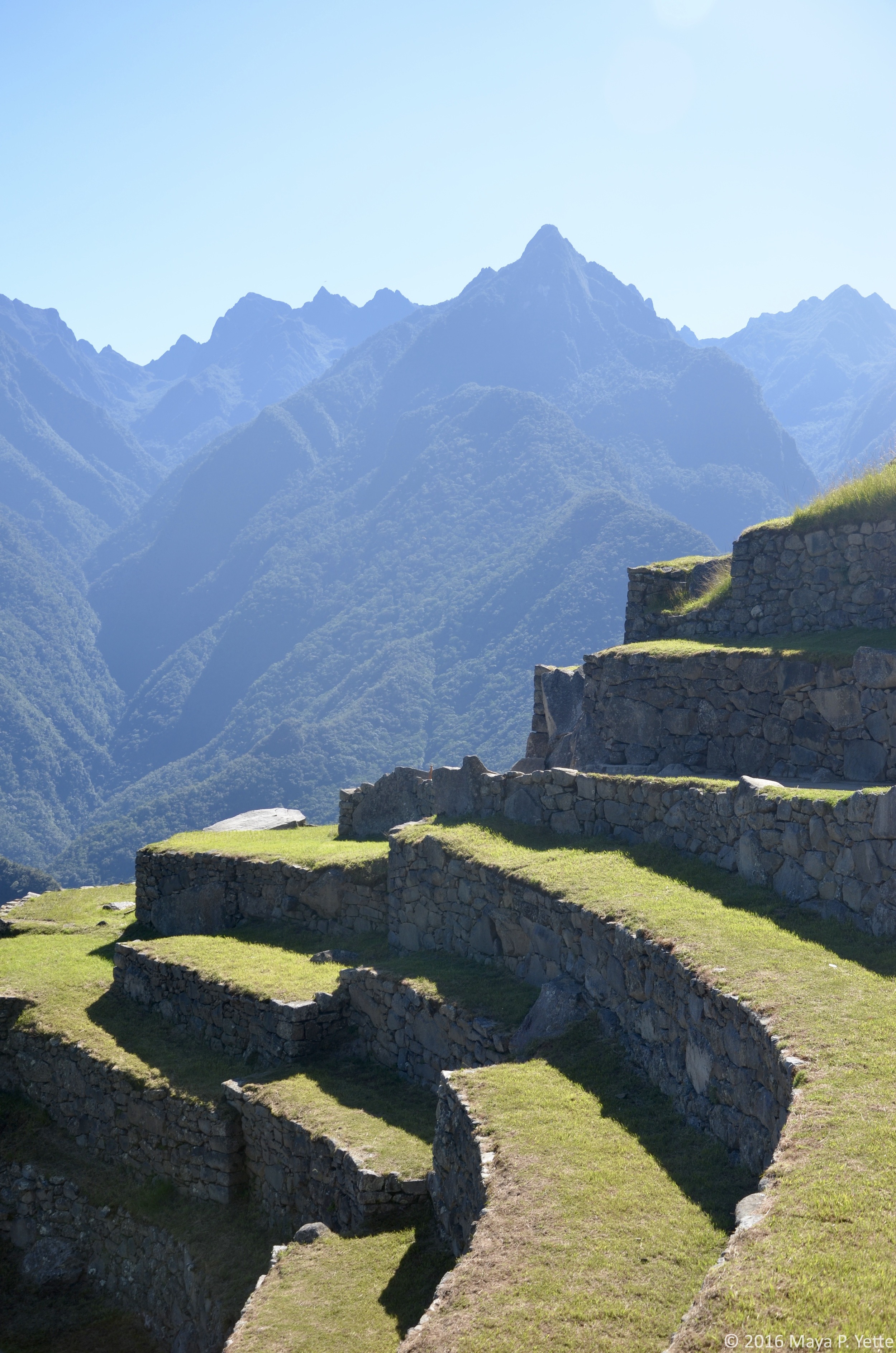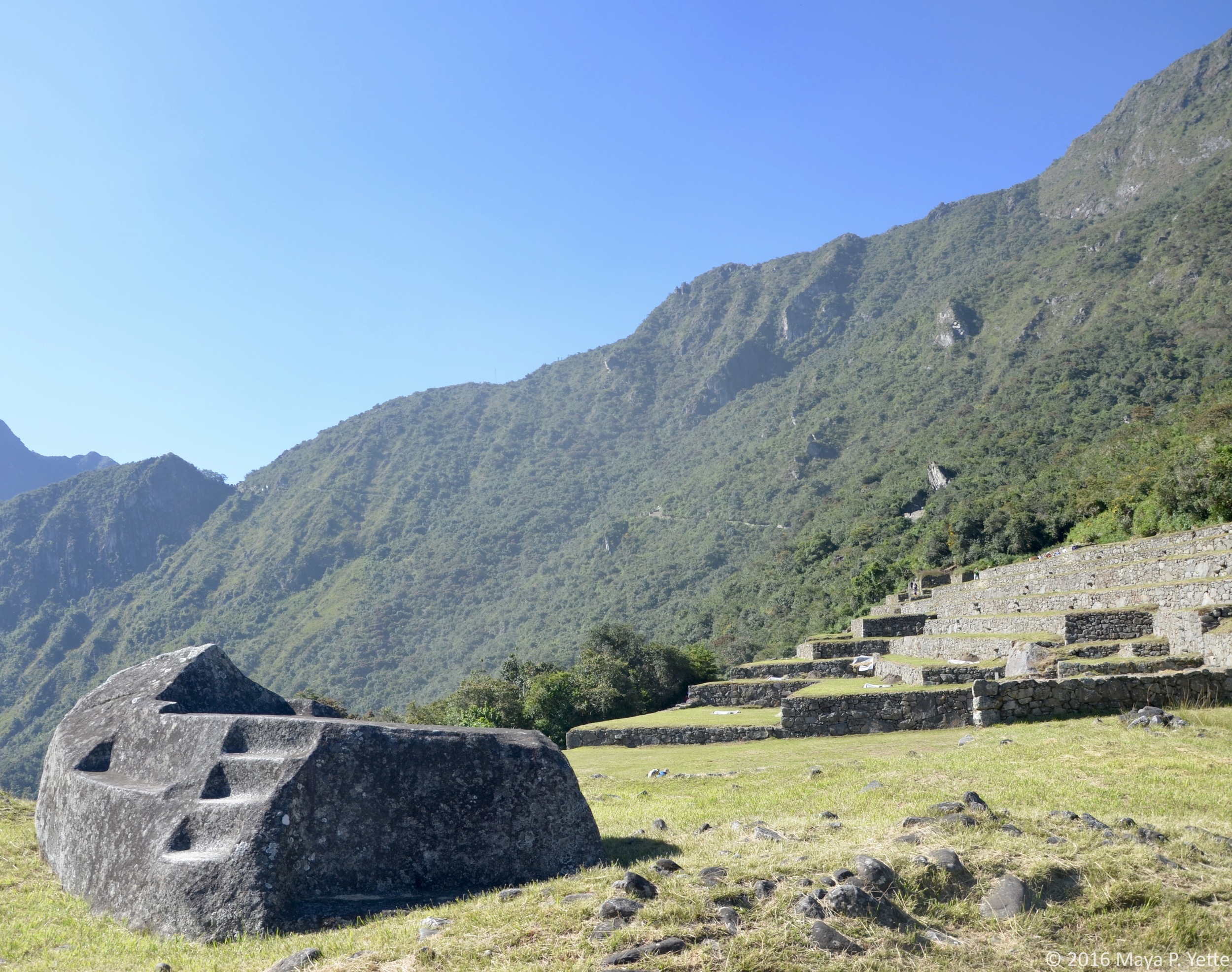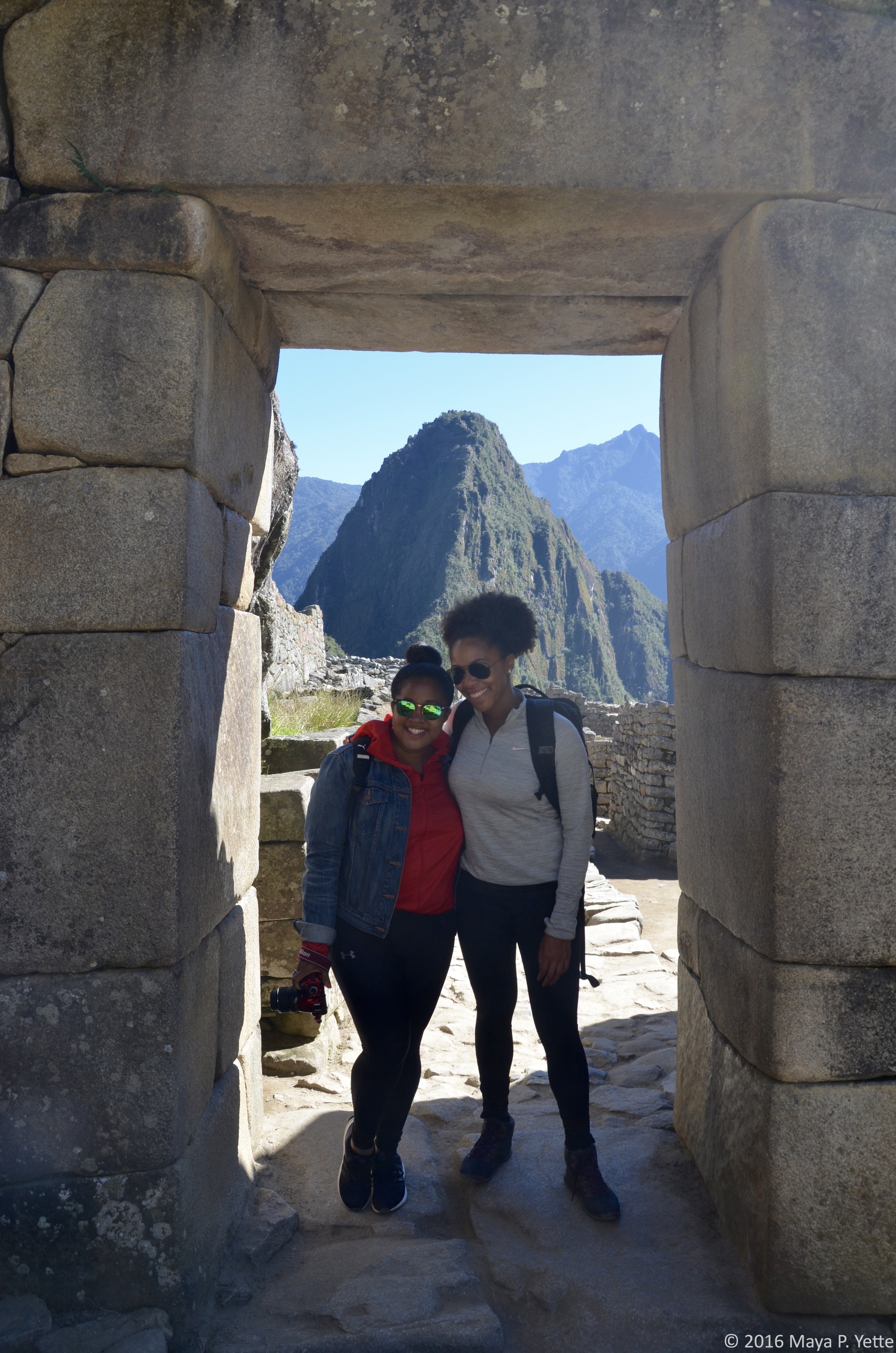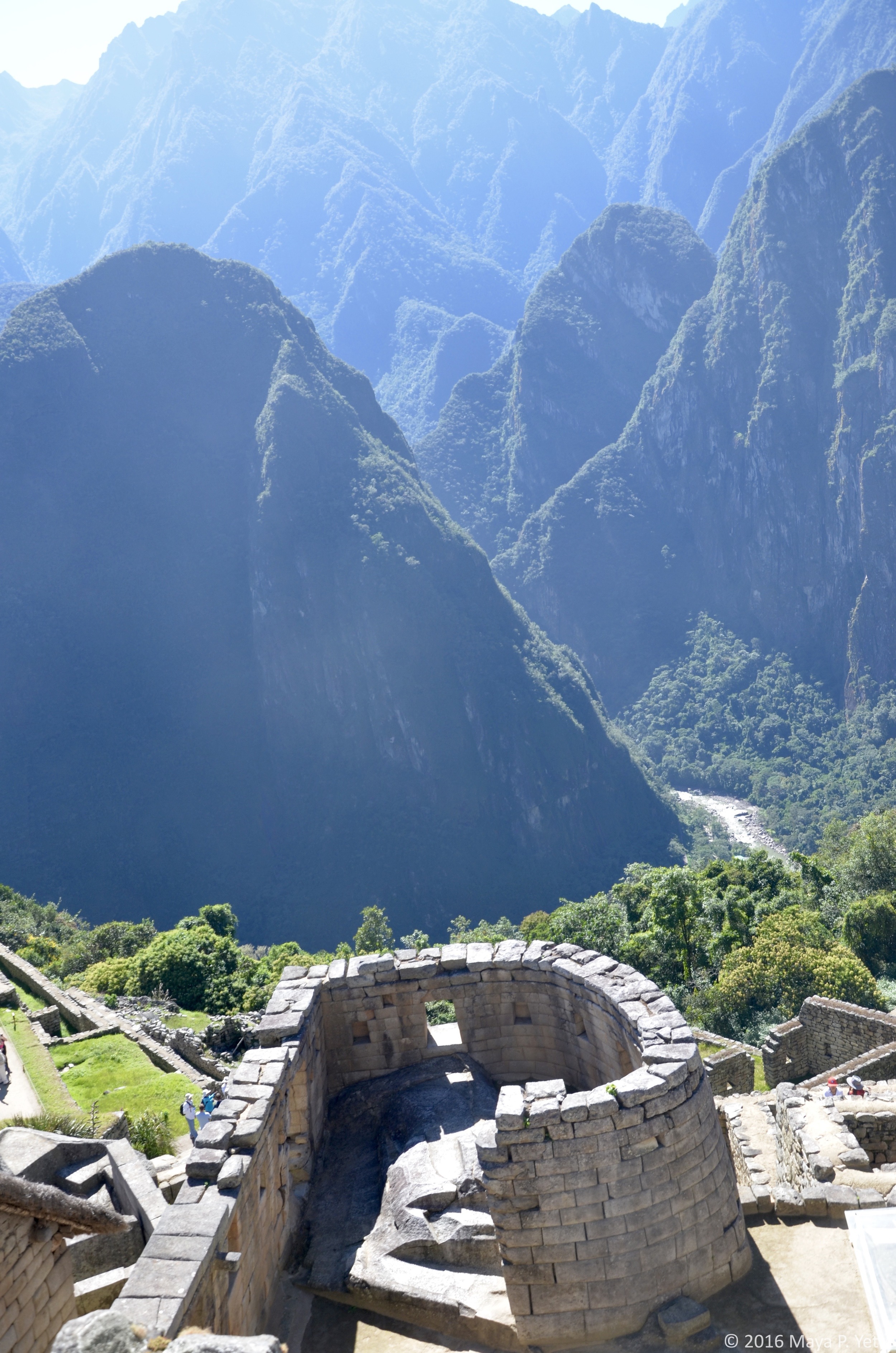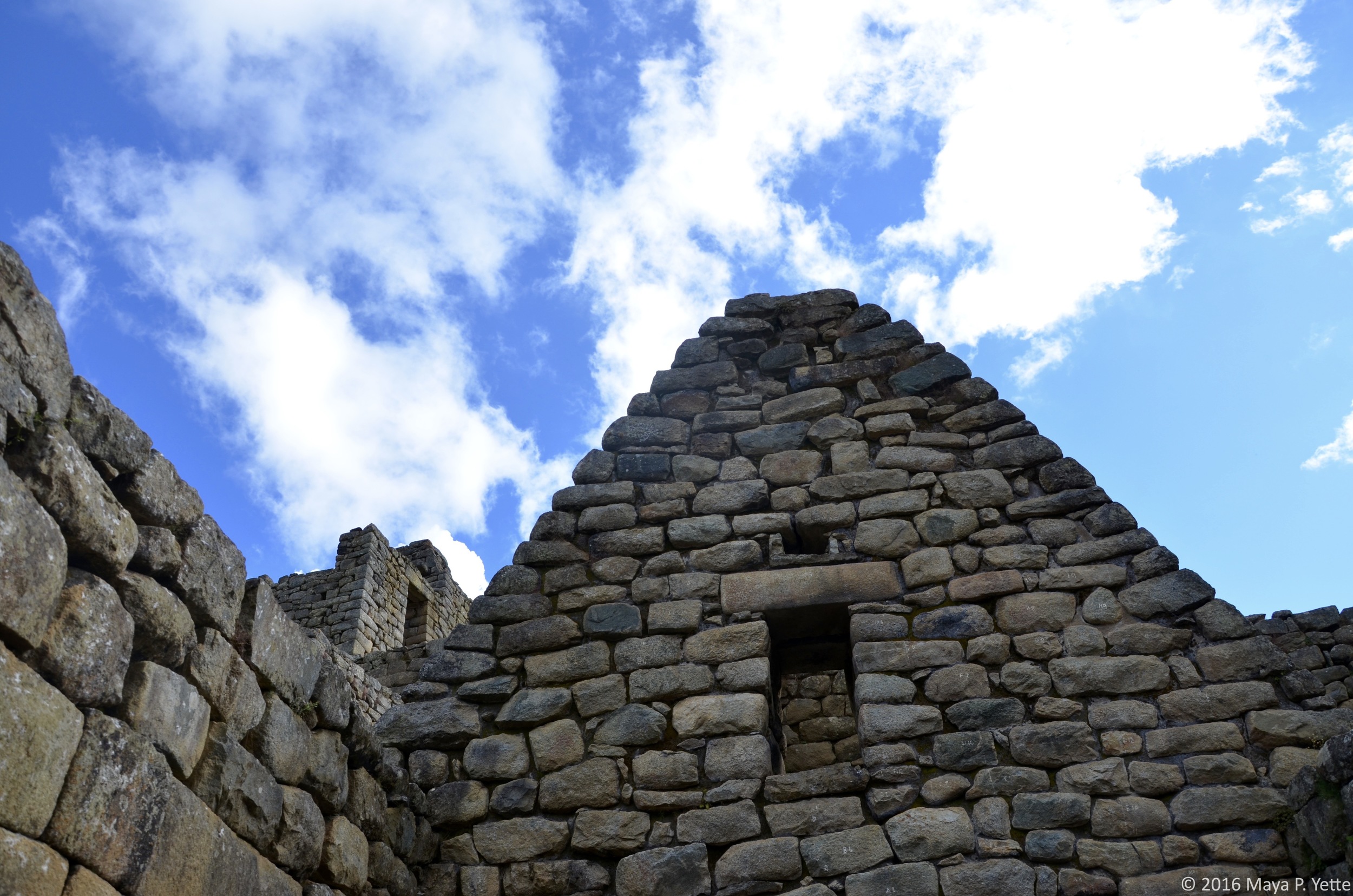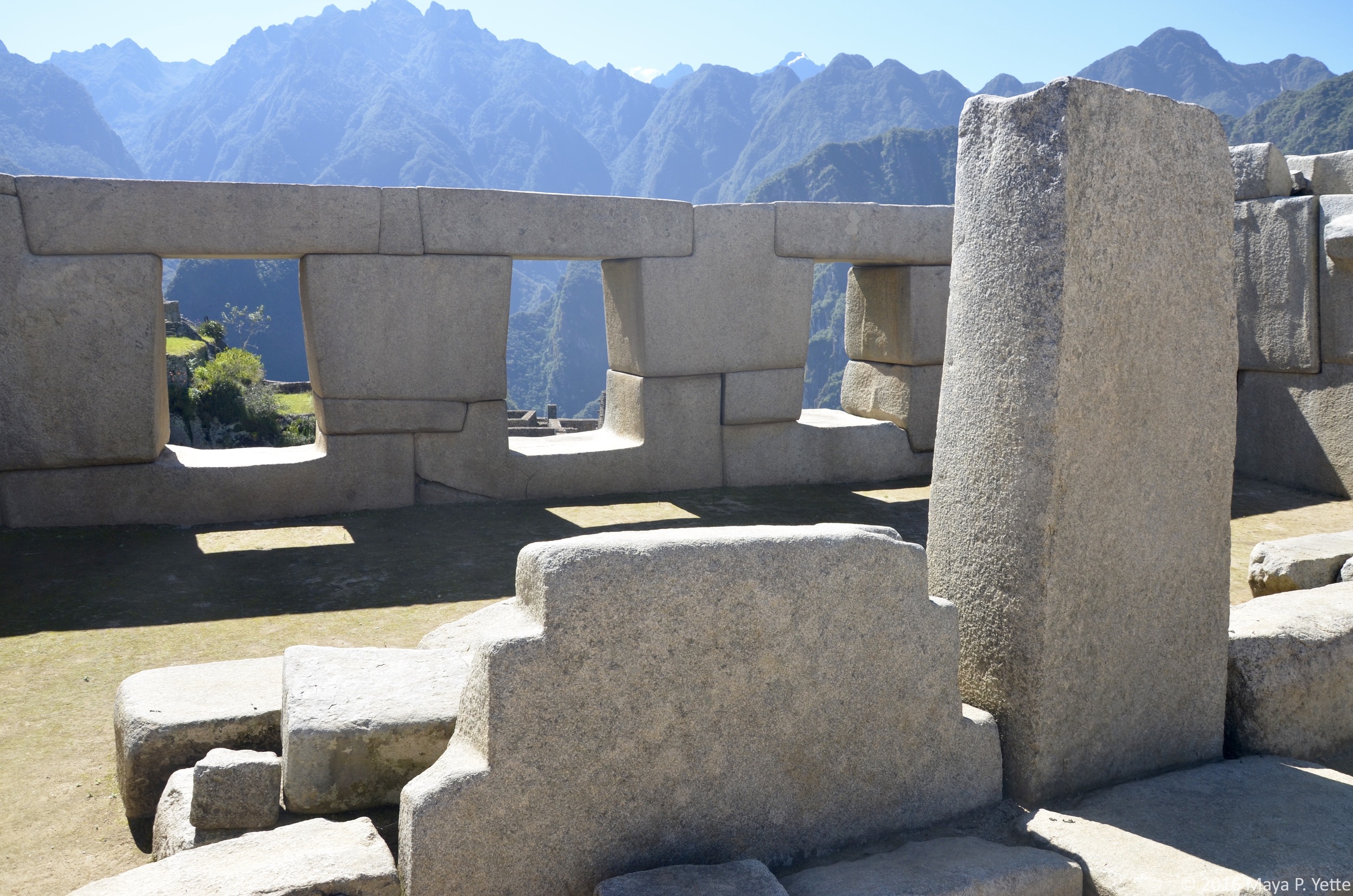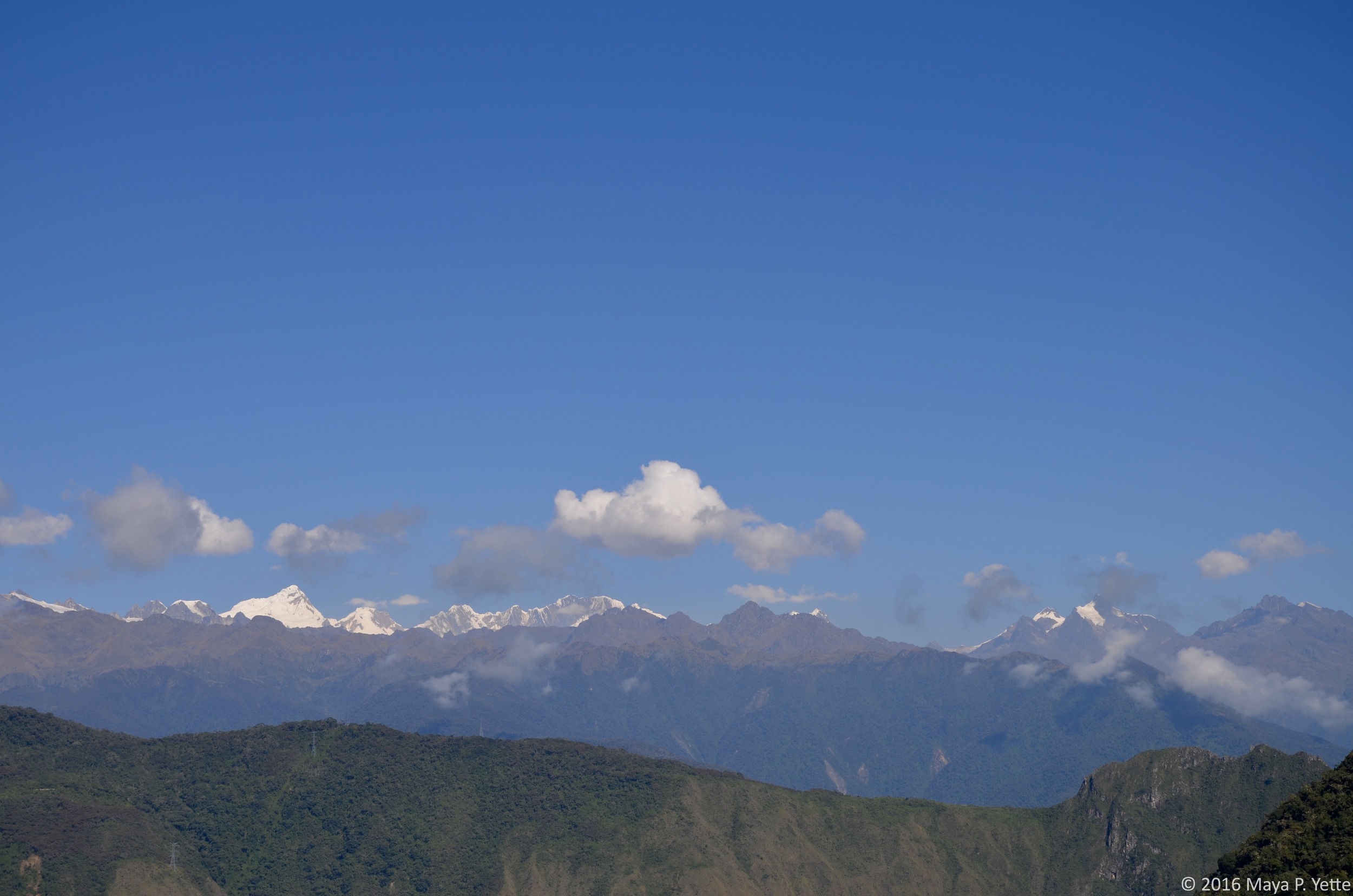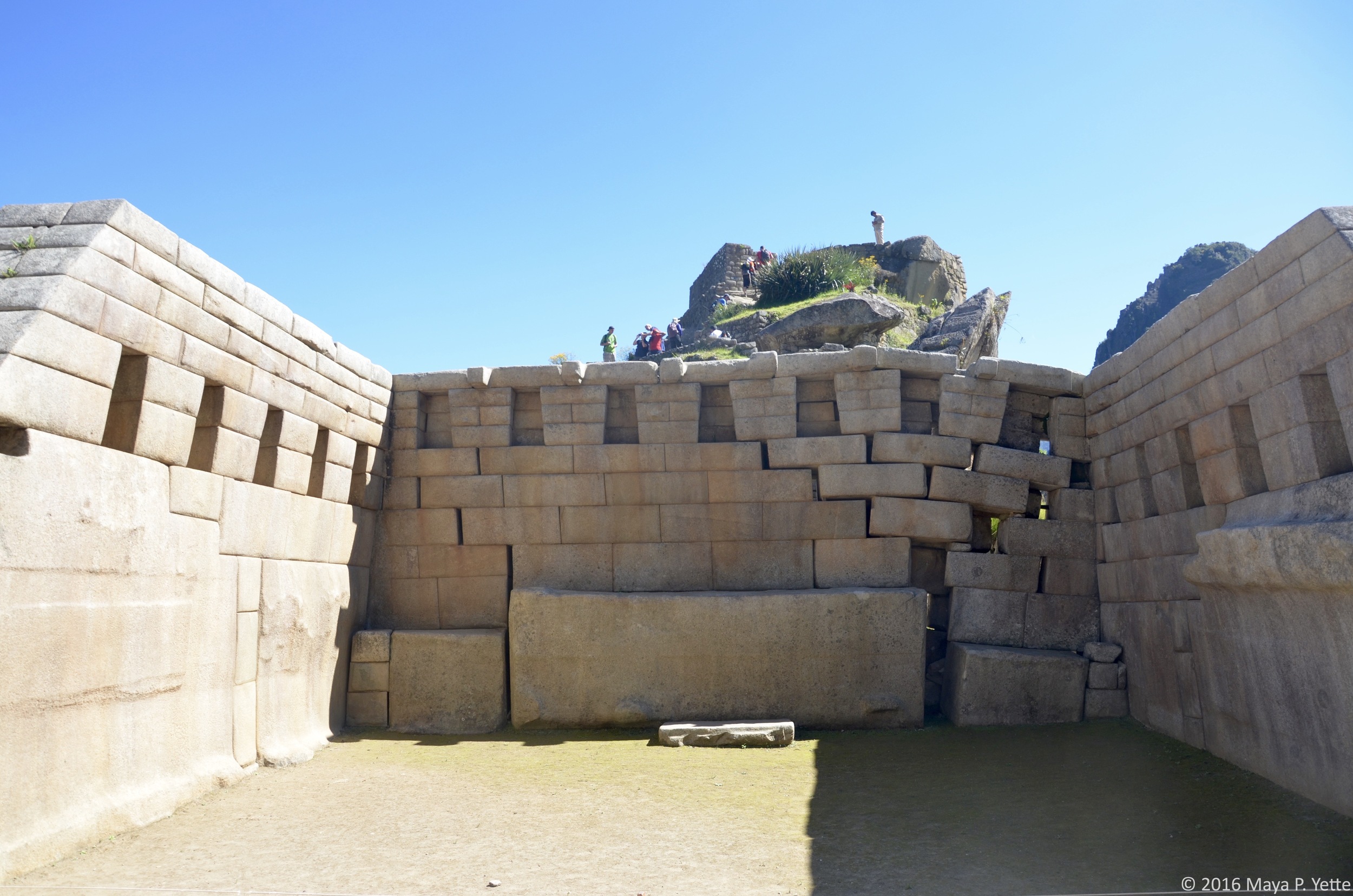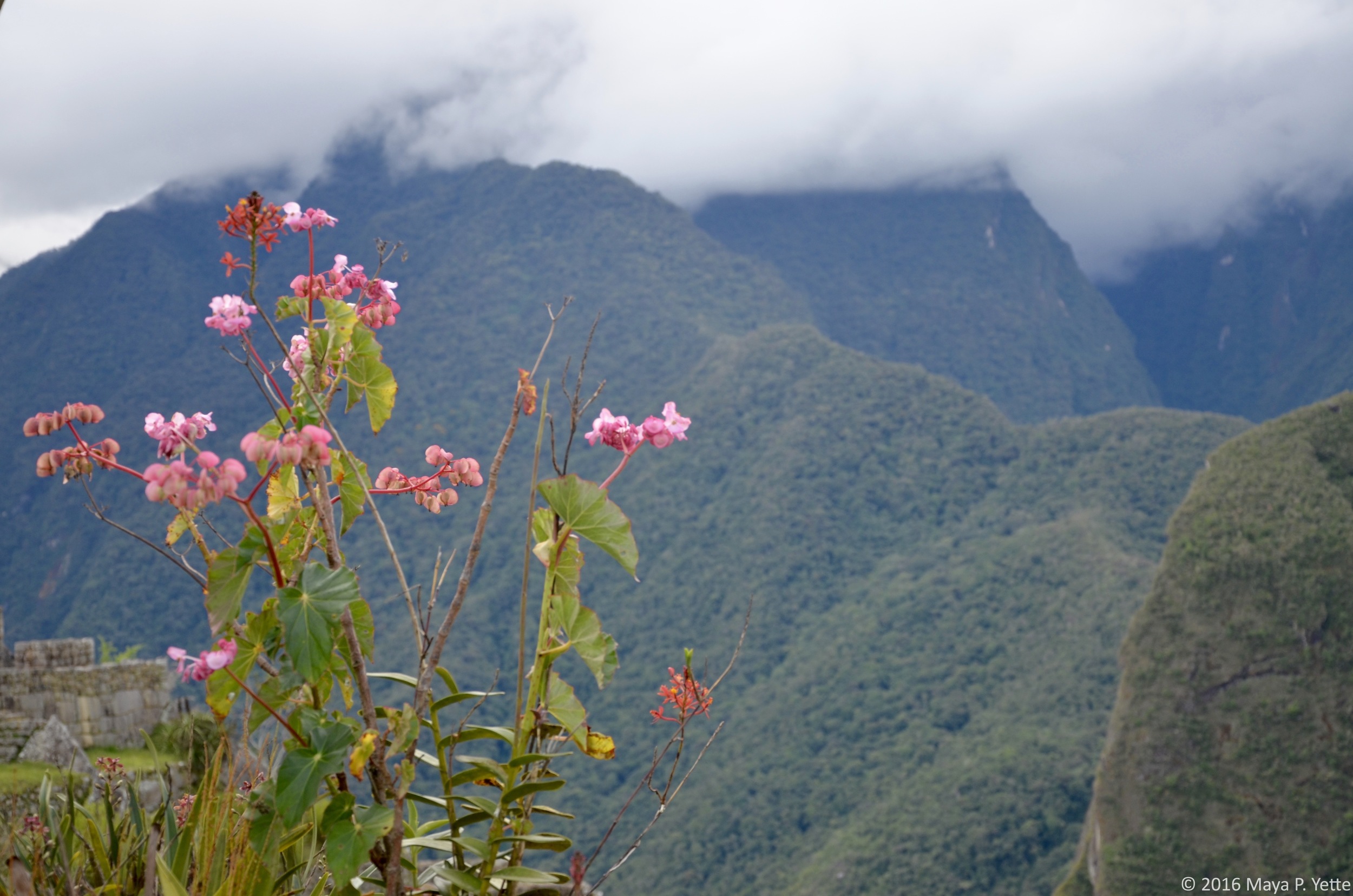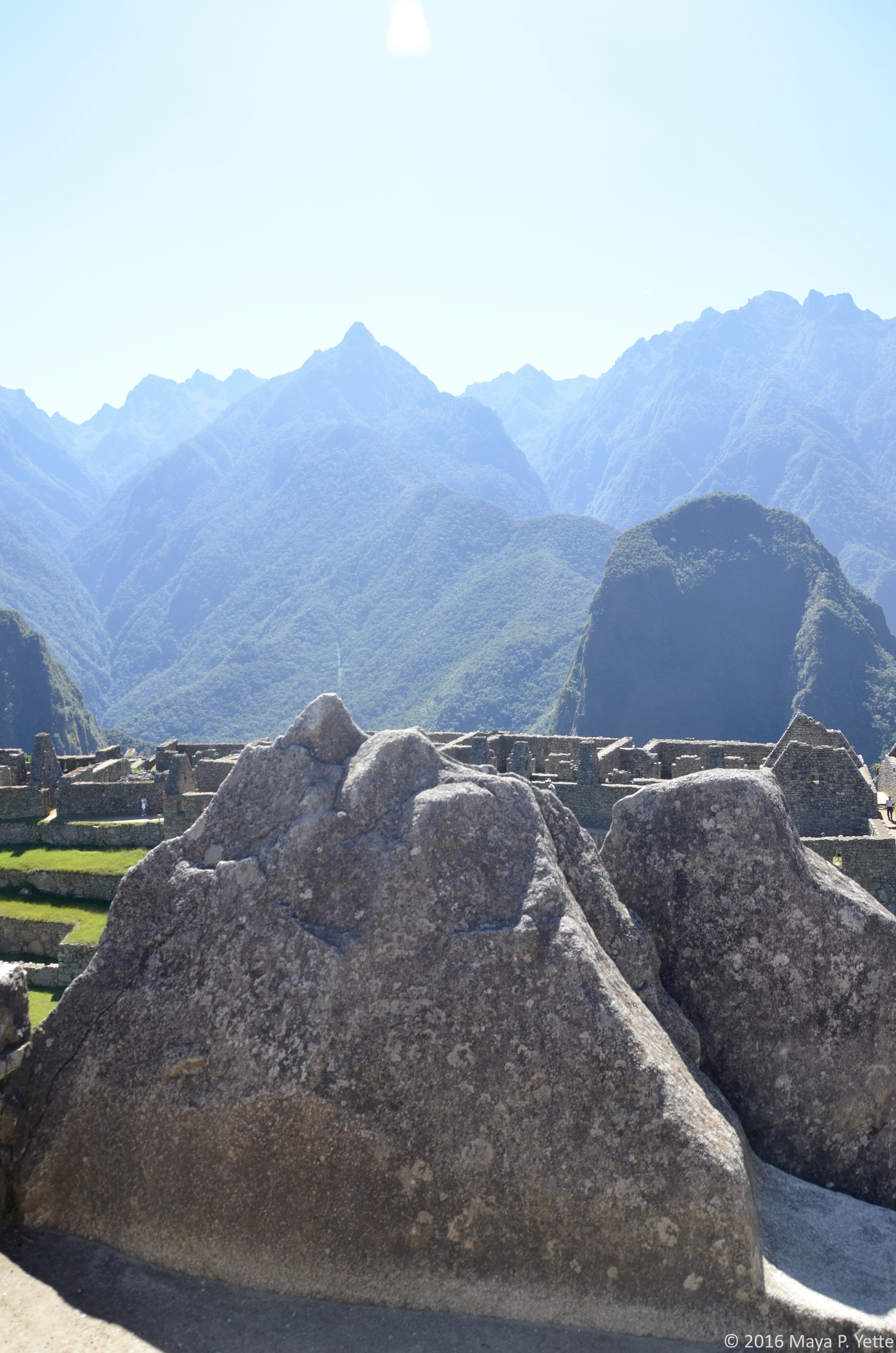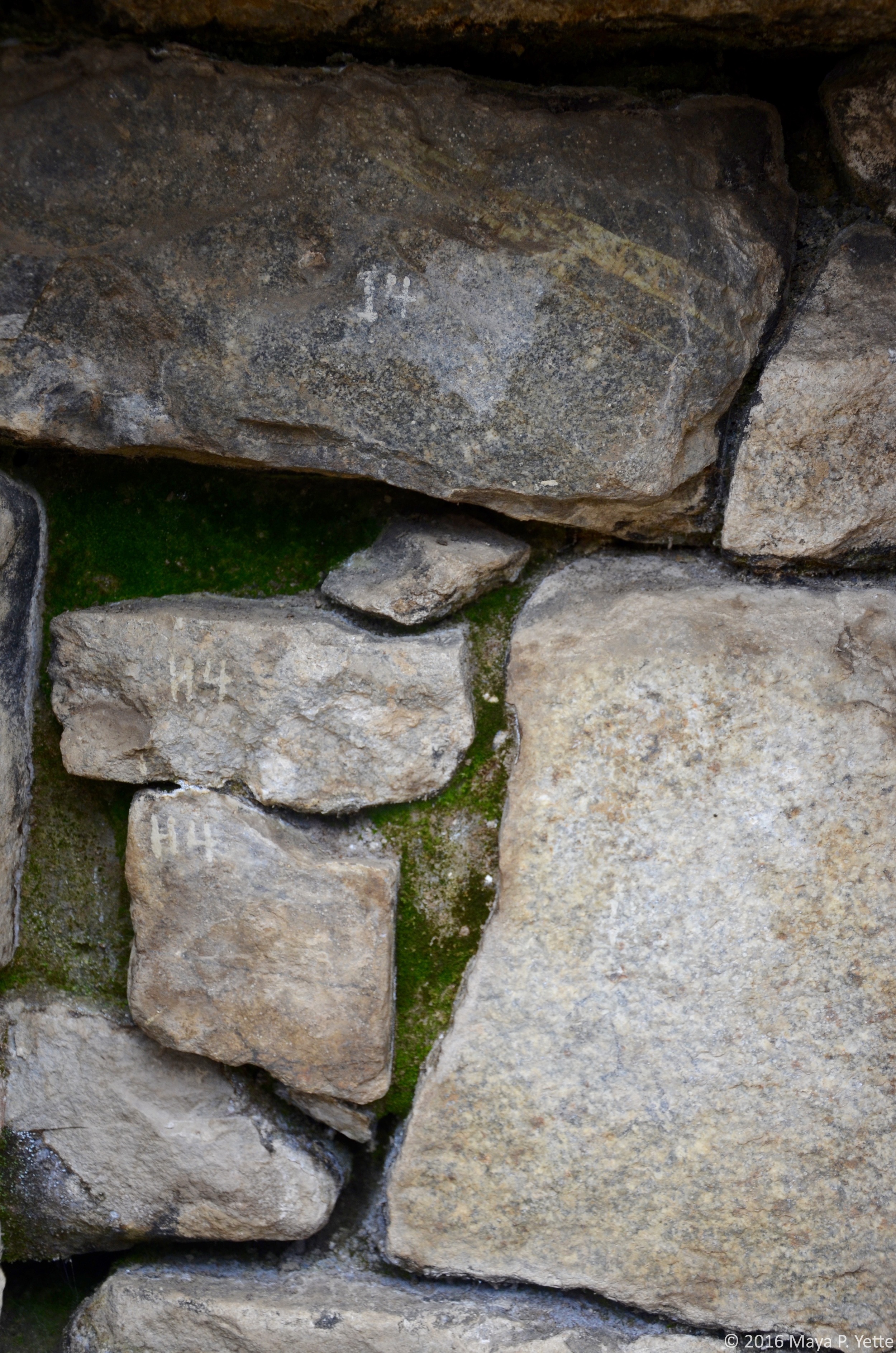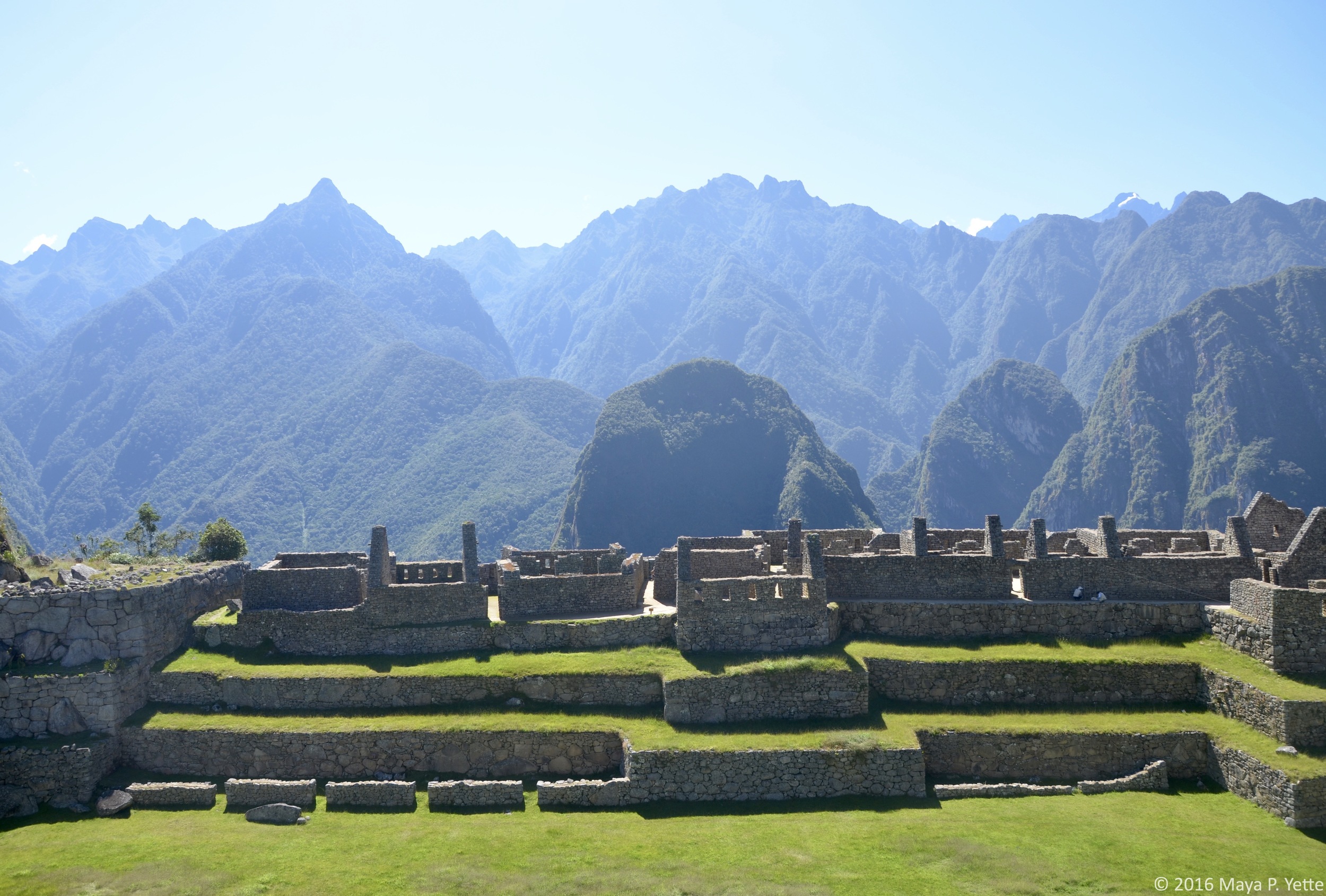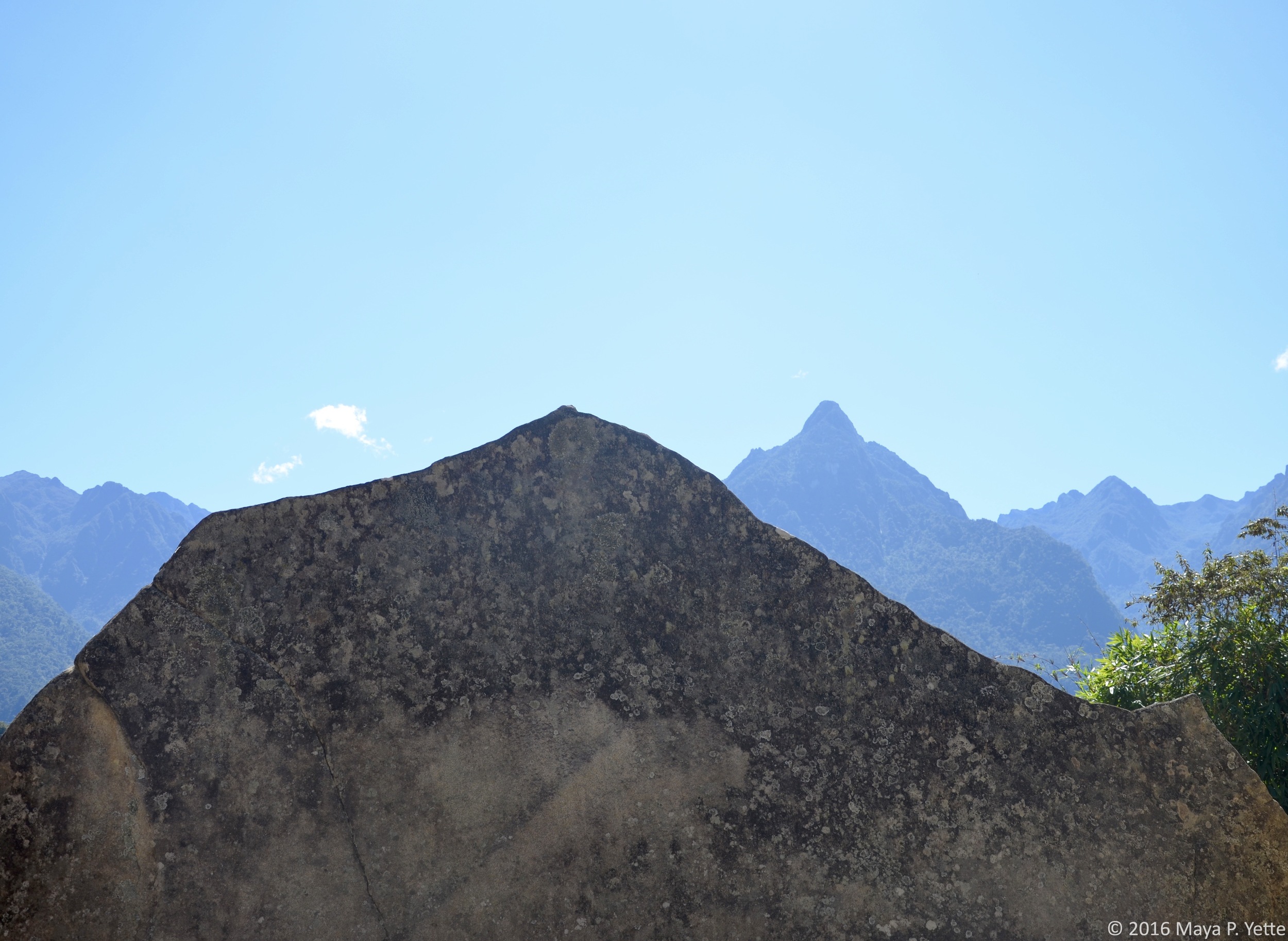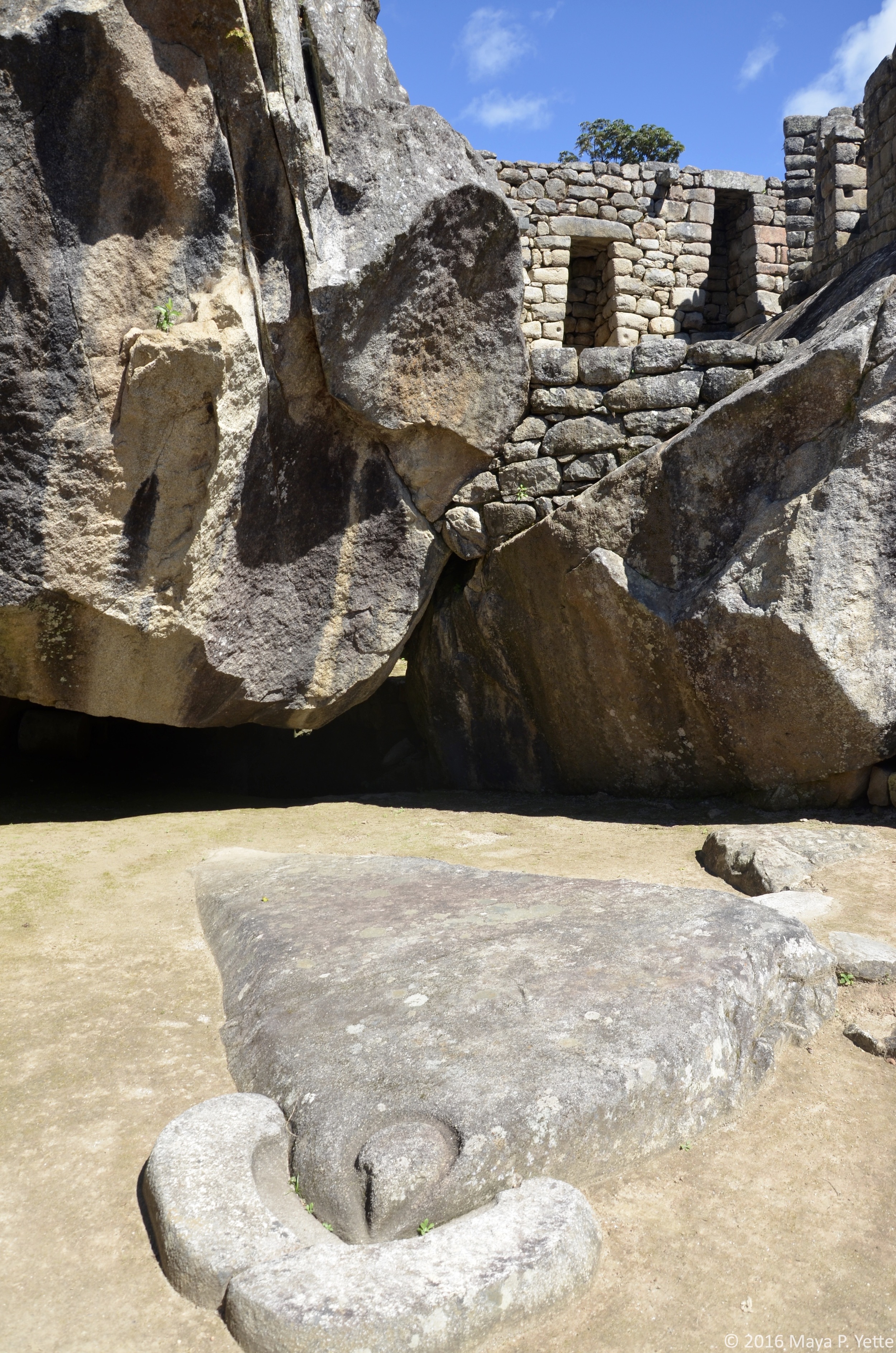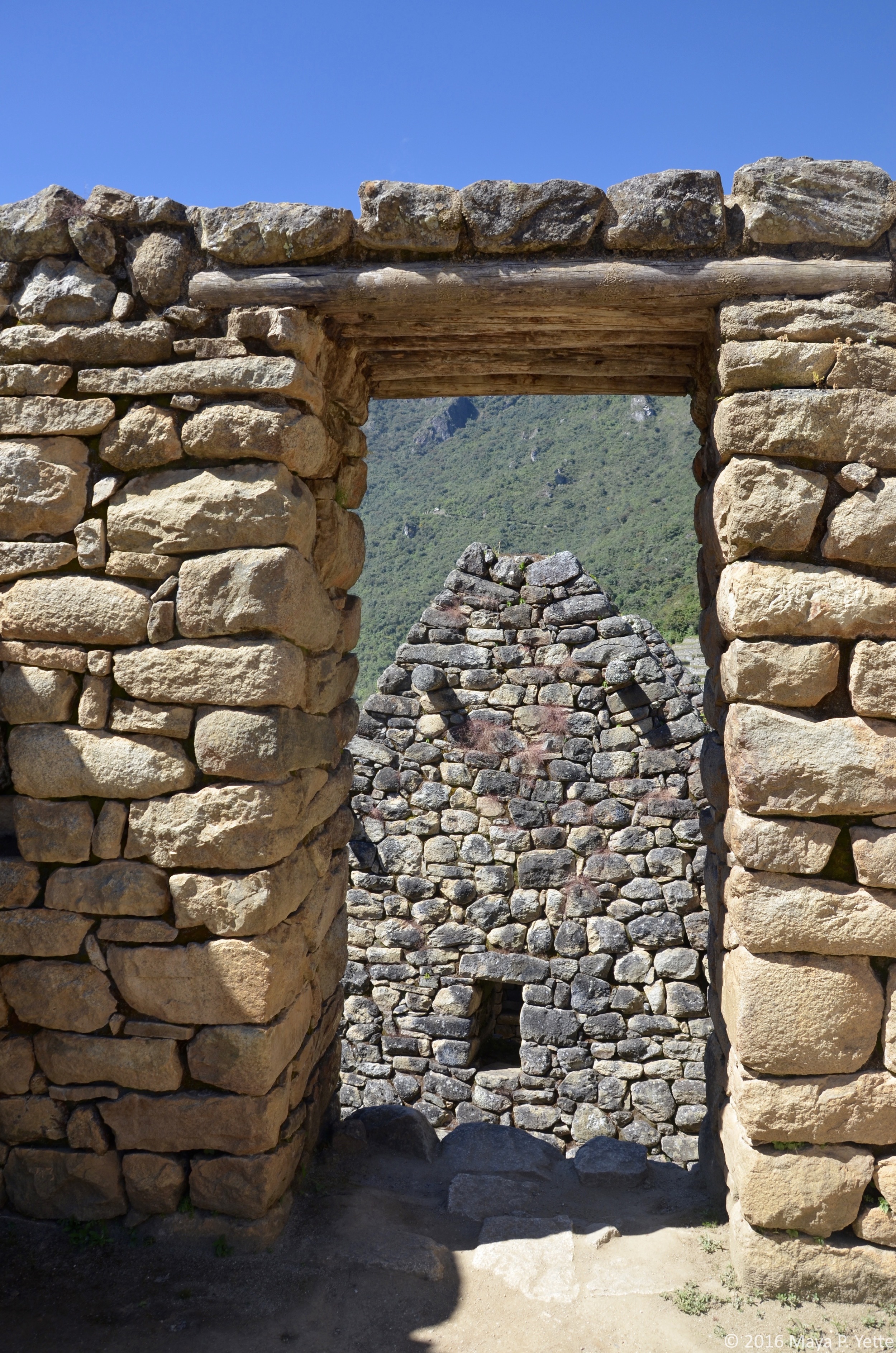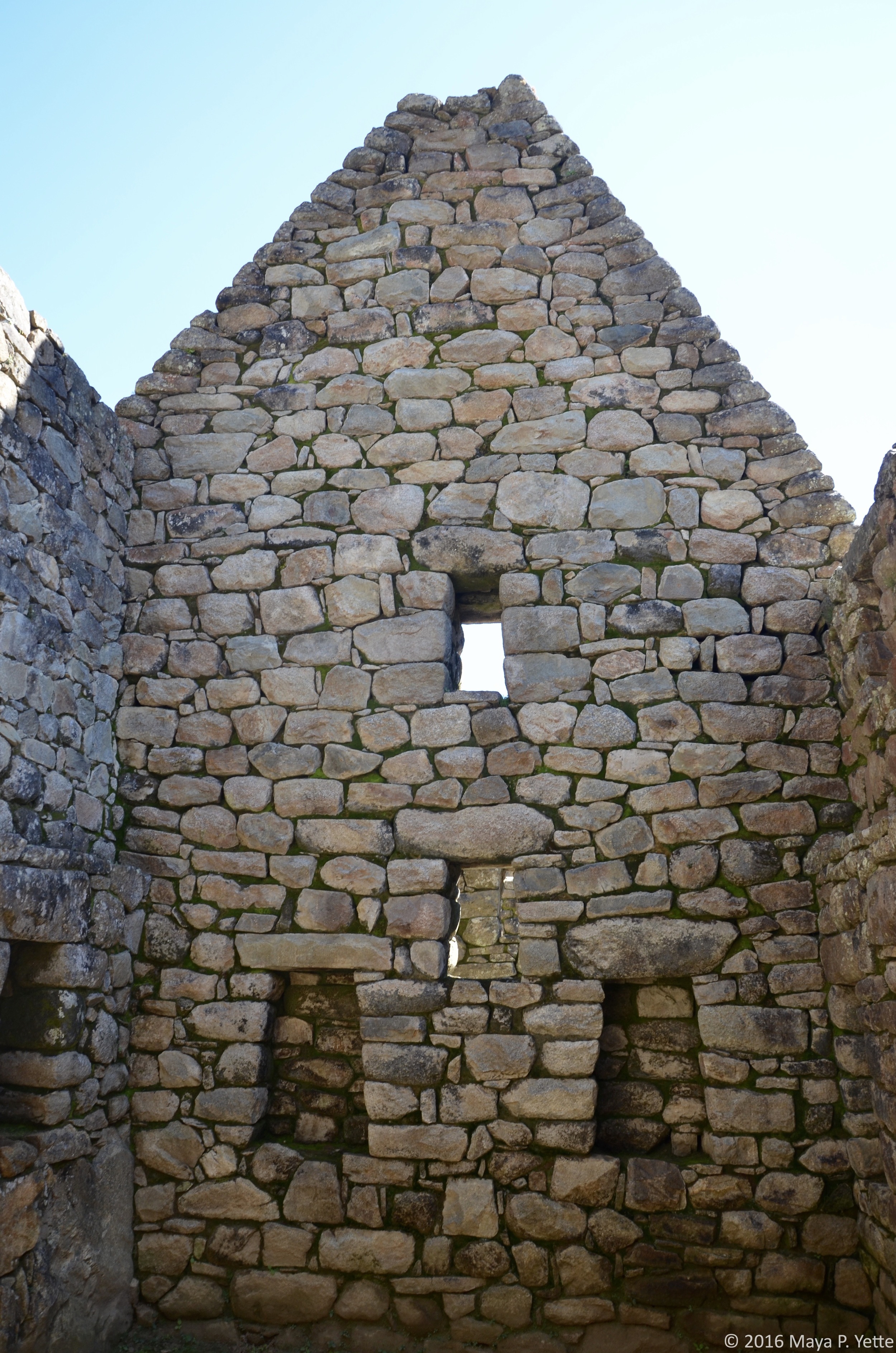When you live in Cusco for a month, it’s impossible not to visit Machu Picchu, the famed city built by the Incas in the 15th century. With two visitors in two weeks (first my friend, Janelle, and then my mom), I was lucky enough to visit Machu Picchu twice during my month in Peru.
My first visit to this UNESCO World Heritage Site was on a one-day trip with Janelle; we did the Llama Path one-day train and if you’re short on time, I highly recommend it. When my mom came to visit the following week, we spent three days at the Belmond Sanctuary Lodge, the only hotel at the entrance to Machu Picchu (all others are in the nearby town of Machu Picchu Pueblo - formerly Aguas Calientes - which requires a round trip bus up and down the mountain).
Getting to Machu Picchu
You can skip over this section if you’re interested in what it’s like to hike the Inca Trail or any of the other multi-day treks that get you from Cusco to Machu Picchu. I took a train both times I visited, for reasons of both time and convenience, not to mention a little luxury. The Belmond Hiram Bingham train ride has been called one of the best train rides in the world and it was definitely a treat! We arrived at the train station in Poroy, about 30 minutes from Cusco, and were greeted with live music and champagne. The train ride was a scenic 3.5-hour journey through the Peruvian countryside, which took us past remote villages and dense vegetation, across rivers and below mountains that stretched high above us. Onboard the train, we had a three-course lunch (trout carpaccio, steak and cheesecake for dessert) and wine, accompanied by more live music. On the return journey to Cusco, we took the Vistadome train, the main highlight of which was an entertaining fashion show put on by the train staff, showcasing all manner of clothes made from super soft baby alpaca wool.
The Citadel
In a word: breathtaking. The crowds at Machu Picchu are sometimes overwhelming and it is a very touristy place, but upon seeing the historic city, with Wayna Picchu Mountain towering in the background for the first time, it is not hard to understand why. In my opinion, the best way to start a tour of the Citadel is to climb the steep steps to the left as soon as you pass through the entrance gate and make your way up to the guard house. From this vantage point, you can appreciate the Citadel in its entirety before heading down the steps to get a closer look. Every aspect about the way Machu Picchu was constructed is a reminder of just how intelligent and advanced the Incas were. There’s the irrigation system that prevents flooding when it rains and still carries water down to the city from Machu Picchu Mountain. There’s the fact that the temples were constructed with such care and precision that there is no mortar holding the massive rocks together. There’s the Sun Temple, where windows were carved into the rocks to let in light in the exact spot where the light at sunrise hits on both the Summer and Winter Solstices. I could go on, but you really should visit and see for yourself.
Wayna Picchu
On a rainy and gray Friday morning, one week after I first visited Machu Picchu with Janelle, I woke up at 5 a.m., filled with excitement to climb Wayna Picchu. I ate a light breakfast at the hotel and then joined the other tourists already in line to enter Machu Picchu when it opened at 6 a.m. I was surprised to find no line when I arrived at the gate to Wayna Picchu around 6:30 a.m., so I sat and read my book until the gates opened at 7 a.m. Only 400 people are allowed to climb Wayna Picchu per day – 200 are allowed to enter beginning at 7 a.m. and another 200 beginning at 10 a.m., so it’s necessary to buy tickets in advance if you’re interested in making the climb. The hike to the summit at Wayna Picchu and back down is supposed to take about two hours – I entered the gates at 7:05 a.m., had reached the top by 7:48 a.m. and, after catching a few quick glimpses of Machu Picchu through the clouds and the rain, began my descent around 8 a.m., finishing in a little under two hours at 8:50 a.m.
The descent surprisingly took a little longer than the ascent because I frequently had to stop to let people pass on their way up. Many parts of the path are extremely narrow and only one person can pass at a time. In addition to being narrow, the majority of the climb to the top is really steep and up steps that only about half of my foot can fit on. This climb is not for the faint of heart or anybody who’s scared of heights. I kept my head down most of the way, making sure that I did not slip on a wet rock anywhere and fulfill all of my mother’s worst nightmares when I left her sleeping in the hotel to climb Wayna Picchu all by my lonesome. Many of the steep steps required that I use both hands and feet to pull myself up as if I was climbing a ladder. On the descent, there was one point where I had to basically crawl through a cave and was convinced that I had taken a wrong turn somewhere! Although the day was cloudy and never really cleared up, for me the hike up Wayna Picchu was not so much about the view that I got of Machu Picchu (which was fleeting), but about proving to myself that I could do it and experiencing another part of the vast Machu Picchu complex. Mission accomplished.
The Inca Bridge
Although still amazing, walking to the Inca Bridge was my least favorite of the walks I did around Machu Picchu (it was also the easiest). You can’t get very close to the bridge, and I don’t know why I assumed we would be able to walk across it, but obviously that’s off limits too. It took about half an hour to reach the trailhead for the Inca Bridge from the entrance to Machu Picchu, and then another 15 minutes or so before we reached the bridge itself. For the Incas, the bridge served as one of two entry points to the city of Machu Picchu, the other being the Sun Gate. You are able to get great views of Machu Picchu from the trail and seeing Machu Picchu and Wayna Picchu from another vantage point is always incredible.
The Sun Gate
The Sun Gate marks the end of the Inca Trail and, as I mentioned, was one of two entry points that the Incas used to the city of Machu Picchu. The atmosphere was extremely festive when my mom and I showed up shortly after 7 a.m. on Saturday. Groups of hikers were celebrating the end of their 4-day trek and understandably excited to finally reach Machu Picchu. I felt a little like I’d cheated by walking up to the Sun Gate from the entrance to Machu Picchu, which took about an hour. We wandered around briefly and enjoyed the view of Machu Picchu from the Sun Gate, but I didn’t have time to linger because I had an entry ticket to Machu Picchu Mountain for the 7 a.m. to 8 a.m. entry slot.
Machu Picchu Mountain
Like a crazy person, I thought it was a good idea to hike Machu Picchu Mountain immediately after trekking up to the Sun Gate on our last day at Machu Picchu. Maybe it was because I was already a little tired (I don’t think so, though), but Machu Picchu Mountain was definitely harder for me than Wayna Picchu. The trail is longer and takes about an hour and a half to climb instead of 45 minutes. At times, there is nothing but another hiker standing between you and a very steep drop off the side of the mountain; I don’t get vertigo nor am I scared of heights but even this was a bit much for me. Thankfully, the weather was beautiful and when I reached the top of the mountain, the views of Machu Picchu below were crystal clear. I sat for a while and had a snack, pleased with another personal accomplishment and taking in one of my last views of Machu Picchu.
***
Getting to Machu Picchu isn’t cheap, nor is it a short journey, but it is worth it. While the Citadel can be explored in just a few hours (most tours only last for about 2.5 hours), to really give yourself time to appreciate this new wonder of the world, I suggest spending a couple days there. About seventy percent of Machu Picchu is still the original construction. Since being designated a UNESCO World Heritage Site in 1983, the Peruvian government can no longer make any repairs or additions to Machu Picchu, though you will see people around cleaning the stones and trying to preserve them as best they can. Because of this, the sooner you get yourself to Machu Picchu (if you haven’t already) the better!
